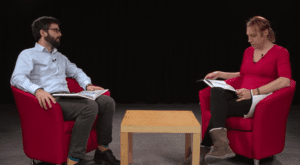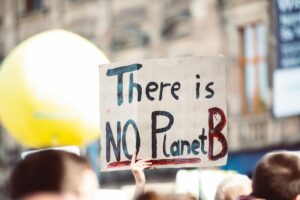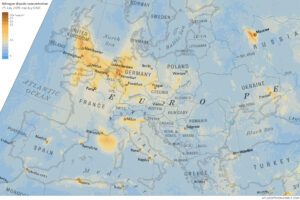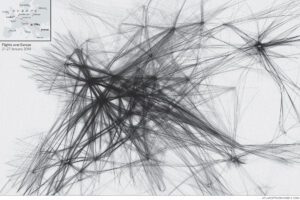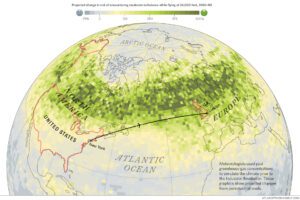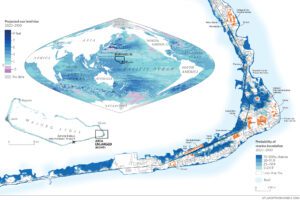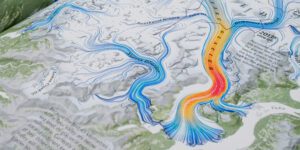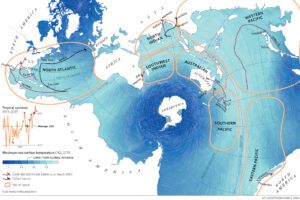Click here to access the Google Doc of these resources. You may also want view the related resources on the Burn Scars graphic here.
If you haven’t done so already click here to read about the Who? What? and Why? maps and graphics. These are important considerations for how to approach your campaigns. We will think in terms of the following:
- Who?
- Policy Makers
- Teachers
- The Public
- Young People
- What?
- Reports
- Protest Banners
- Social Media
- Classroom Display
- Why?
- Inform
- Engage
- Campaign
- Hold people to account
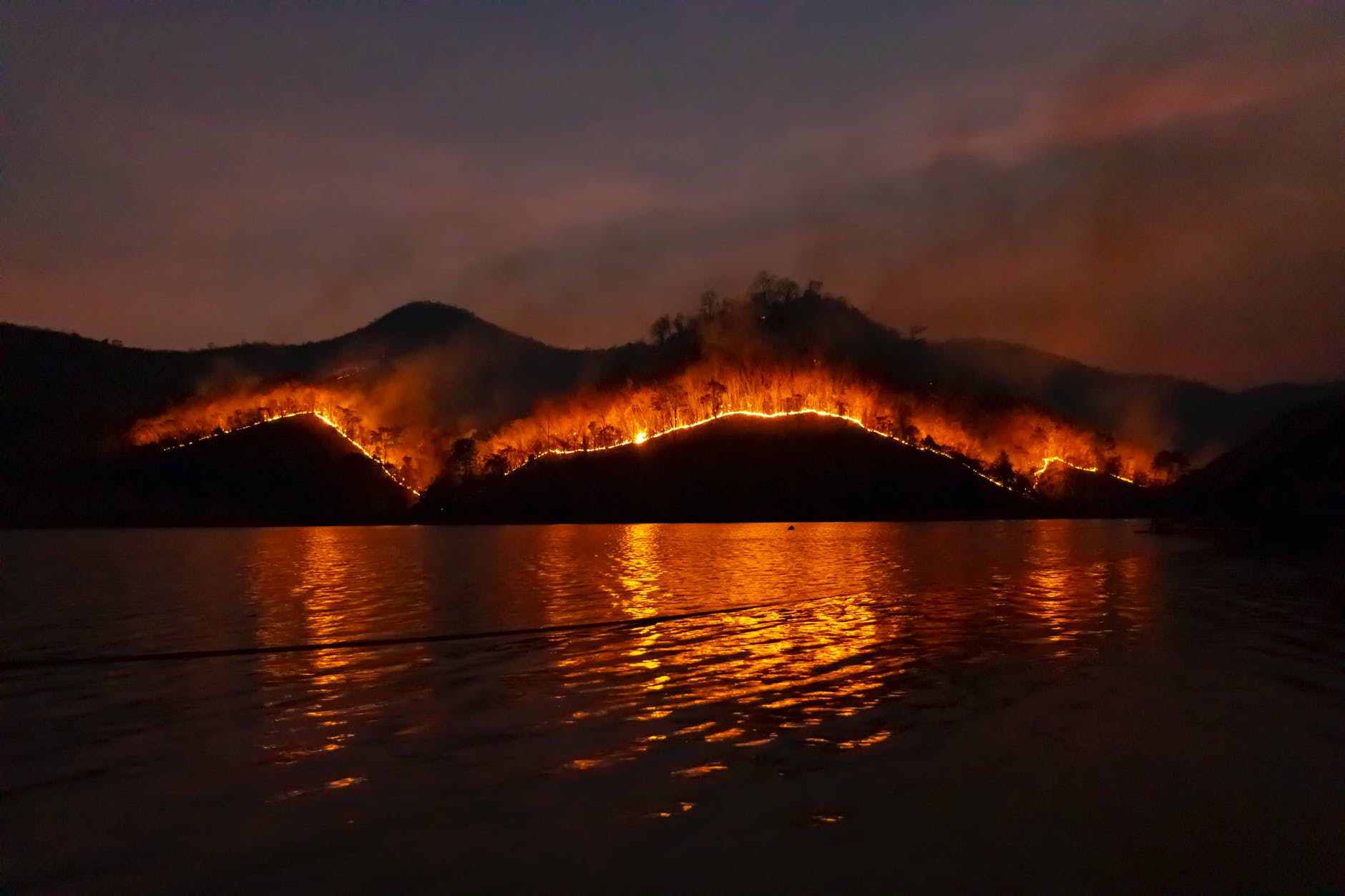
Regional focus
| Region (see map zooms pp162-163) | Activity |
| Amazonia | 1. What’s the best way to communicate the scale, frequency and intensity of the fires in the Amazon? 2. Create a social media campaign which informs the general public about how the frequency and intensity of forest fires in Brazil has changed over the last decade. 3. It’s often hard to understand how human action connects us to forest fires. Create a classroom display which links communities around the world with forest fires in Brazil. 4. Using the map as a background – create a classroom display which communicates the personal stories of people affected by forest fires. Include photographs of the people and their families. Show how a physical process has a human impact. |
| West Africa | Forest Fires in much of Sub-Saharan Africa are part of small scale farming techniques where savannah is burnt annually. Research and then record a podcast that explains the different causes of forest fires around the world. |
| Siberia | “The Arctic burns” – statements like this evoke a strong emotional response – it just sounds wrong. Powerful statements like this can be used to evoke an emotional response from an audience. Create a series of protest banners which evoke an emotional response from people. |
| Australia | The 2019-20 forest fires killed a billion animals in Australia – a billion is a difficult number to visualise – a billion is a thousand times bigger than a million. Create a social media campaign which engages people with the scale of the impact of forest fires. |
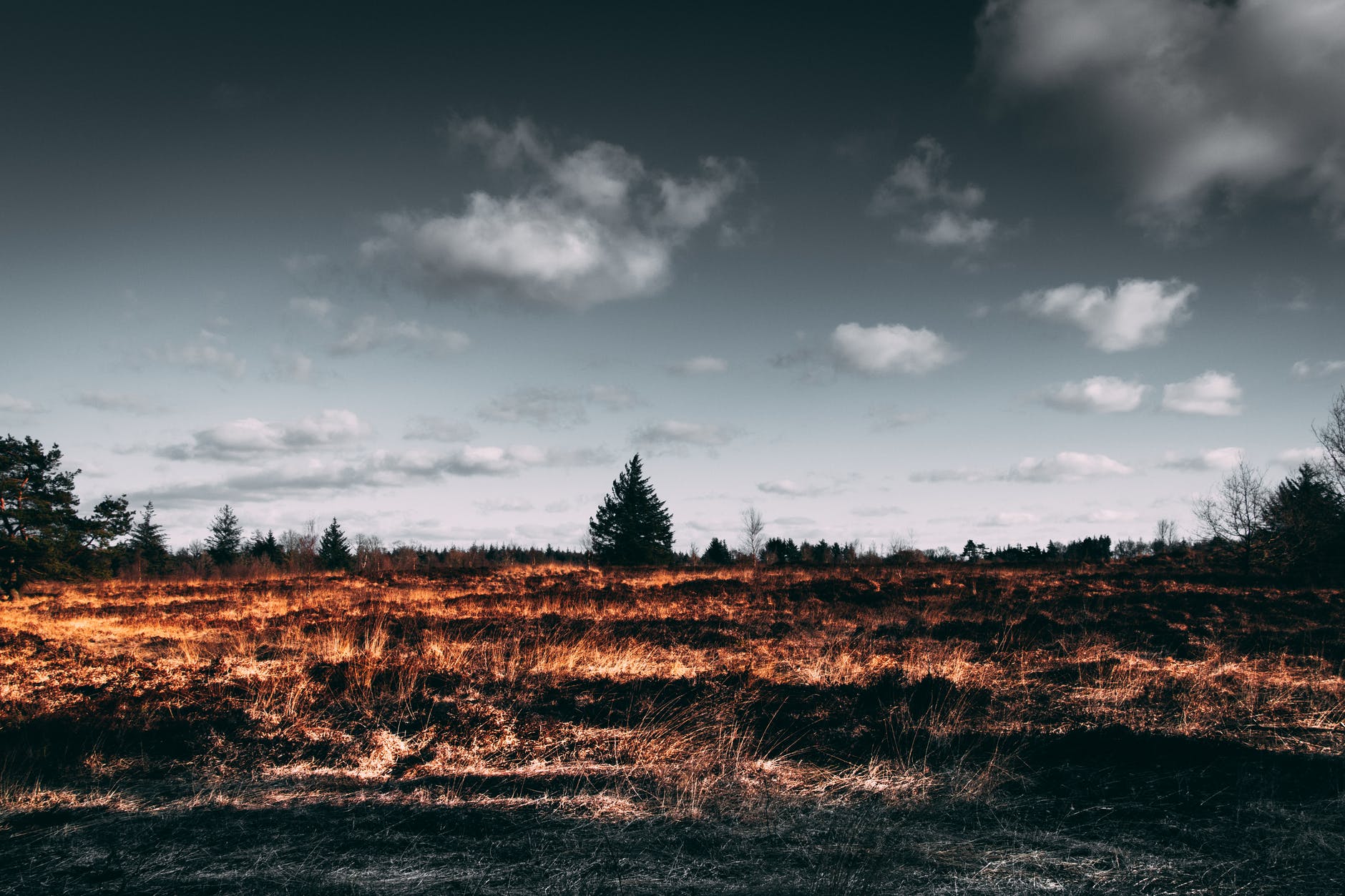
A global challenge
| Activity | Resource link | Action |
| Exploring patterns – use the map on p162/163 to decide where the highest / lowest concentration of forest fires was in 2018. What are these places like? What’s the climate like? What are people’s lives like? How is the country governed? Why do you think there are more forest fires here than other places? | Record a tik tok summarising what the map shows. | |
| Forest Fires in the Arctic Circle are often described as Zombie Fires. Investigate the idea of zombie fires, what are they, what causes them, why should we be worried? | https://www.bbc.co.uk/newsround/57173570 | Record a short video which explains the main ideas around Zombie Fires. |
| The impacts of the bushfires in Australia were captured by a number of photographs – use the photographs on the BBC link to explore your emotional response to the fires. Write down how the images make you feel? Discuss with your neighbour the colours and imagery and the emotions they share. | https://www.bbc.co.uk/news/in-pictures-50971879 | Select a handful of images which communicate the impact of forest fires. Host an art installation of these images. Create an audio track or narration to accompany the images. |
| Explore ideas of eco anxiety by watching Clover Hogan’s TED talk. How can we help support each other in the face of environmental breakdown? | https://www.ted.com/talks/clover_hogan_what_to_do_when_climate_change_feels_unstoppable?language=en | Start a conversation with a friend or family member about how they feel about forest fires and climate change. |
| Forest fires continue to burn everyday. Explore the Global Forest Watch map to see where in the world is on fire right now. | https://www.globalforestwatch.org/map/ | Create a wall display keeping a record of forest fires across the world throughout the year. Use the website to monitor fires and update your wall display each week. Use fire icons to move around the map and emphasise the scale and intensity. |
| Forest Fires are an example of a positive feedback look and potential tipping point in the world’s climate system. Read about how climate change increases the risk of fires in the US. Read about the nine main tipping points that could trigger runaway climate change. | https://www.nationalgeographic.com/science/article/climate-change-increases-risk-fires-western-us https://www.carbonbrief.org/explainer-nine-tipping-points-that-could-be-triggered-by-climate-change | Create a tik tok which communicates the idea of feedback looks and tipping points. |
| Watch the video about the science of forest fires. Why do they occur? What makes them worse? Does understanding the mechanics of forest fires help us reduce their likelihood and manage their impacts? | https://www.youtube.com/watch?v=gN-T6NDWQ1g | Create your own teaching resources or video which explains the causes of forest fires and how human action can help to reduce or increase the risk of fires. |
| Explore carbon inequality and climate justice with the Oxfam report. Are we all equally causing climate change? Who in the world holds the most responsibility for releasing the most carbon dioxide? Are we all equally responsible for reducing climate change? How can we change our behaviours and lifestyle to minimise the amount of climate change? | https://oxfam.app.box.com/s/q36ywh37ppur8gl276zwe8goqr6utkej/file/719878091841 | Use the graphics from the oxfam report to create a social media campaign which communicates the inequality around carbon emissions. |
| Current political circumstances and laws make it possible for people and organisations to plunder the planet. Investigate the campaign to make ecocide law. What’s it about? How could it happen? What would this mean for people around the world? | https://www.stopecocide.earth/ | Organise a debate about the argument to make ecocide law. Use a motion like ‘This house believes ecocide should be international law’. |

